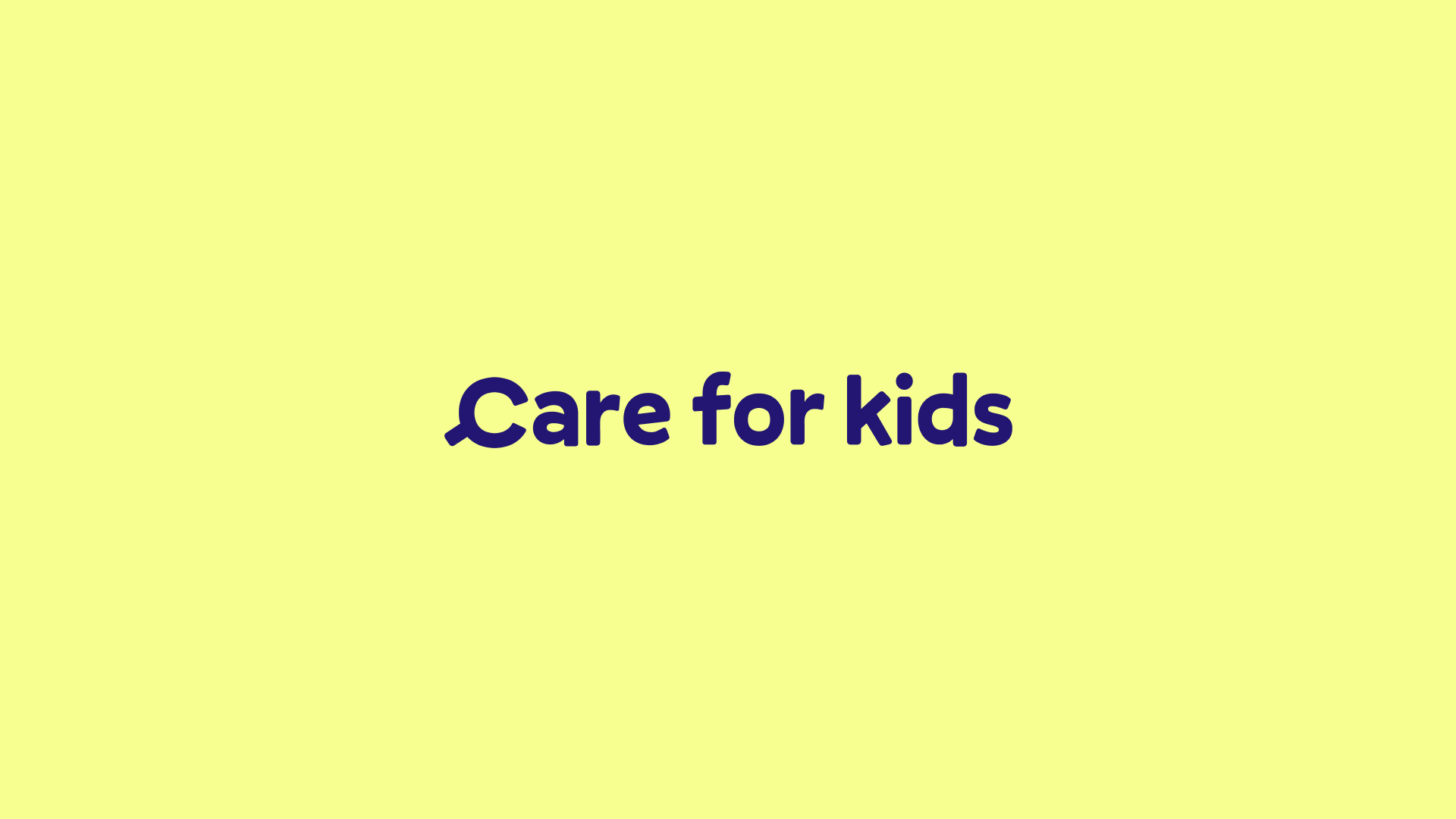How Do I Calculate the Child Care Subsidy?
The Child Care Subsidy (CCS) was introduced by the Australian Government to assist eligible families with the cost of childcare. This subsidy is paid by Centrelink directly to your childcare provider, helping to reduce the total childcare costs.
The amount of CCS you receive depends on the individual circumstances of your family. Here’s a guide to how the CCS is calculated to help you in estimate your childcare costs.
edited.
Calculating the Child Care Subsidy
The first step in calculating the CCS is to make sure you and your family meet the eligibility requirements. As a general guide, to receive the CCS you must:
Care for a child 13 or younger who's not attending secondary school, unless an exemption applies,
Use an approved child care service,
Be responsible for paying the child care fees, and
Meet residency and immunisation requirements.
To review the CCS eligibility conditions in more detail, visit the Services Australia website.
When it comes to calculating childcare fees and the level of CCS support you’re eligible for, the amount of assistance you receive depends on the following four factors:
Your family’s combined income,
The hourly rate cap based on the type of childcare service,
The hours of recognised work or activities you and your partner do, and
The number of children in your care.
It’s also worth noting that if you’re an early childhood educator or teacher that works at a childcare service, you might be eligible for a further childcare fee discount if your child attends the same service. To find out more or to check if you’re eligible, chat with your employer. This discount doesn’t apply if you work for a family day care or in-home childcare service.
Here’s an overview of how each of the above factors affects the level of CCS assistance you’re eligible to receive.
Your family’s combined income
One of the main factors that will determine the amount of childcare assistance you receive is your combined family income. Ultimately, the more you earn as a family, the less CCS you’re eligible to receive. So lower- to middle-income families tend to benefit from the greatest fee reduction.
Although you need to earn a combined family income of less than $356,756 to receive the CCS, if you earn more you can still claim this subsidy. If it turns out that you actually earnt less than $356,756 at the end of the financial year, Centrelink will pay you the subsidy you’re entitled to based on your actual adjustable taxable income.
Because your CCS payment is based on an estimate of your family’s combined income, Centrelink will withhold 5% of your subsidy to reduce the chance of overpayments. In saying that, it is possible to adjust this amount via your Centrelink online account to suit your individual circumstances.
At the end of the financial year, your payment will be balanced against your actual adjustable taxable income. If Centrelink has underestimated your family income, the amount withheld will be used to reduce the debt and any outstanding money will need to be repaid. Alternatively, if your income has been overestimated, Centrelink will pay the outstanding amount directly to you.
The hourly rate cap based on the type of childcare service
The hourly rate cap is determined based on the type of childcare used and the age of your child. A different hourly rate cap applies to long day care and occasional care, family day care, outside school hours care (OSHC) and in-home care.
Depending on whether your child is deemed as below or above school age will also impact the level of assistance you’ll receive, with below school age children attracting a slightly higher hourly rate cap.
The hourly fee is the amount charged by the childcare centre per hour. If your childcare service charges a daily fee rather than an hourly rate, you can simply divide the daily fee by the number of hours the session covers to work out the hourly rate. You might need to check with your childcare provider to find out how many hours are in a daily session.
The hours of recognised work you and your partner undertake
The amount of subsidised care you’re eligible for each fortnight also depends on your activity level. Your activity level is based on the hours of recognised activity that you do.
There are a number of different activities that are recognised by Centrelink as being eligible for CCS, from paid work and volunteering to approved study to both paid and unpaid paternity or maternity leave. In some circumstances, you might be exempt from the CCS activity levels, so you’ll be able to access 100 hours of childcare assistance each fortnight per child. To find out more about exemptions, visit the Services Australia website.
Centrelink will assess the activity level of both you and your partner to determine the amount of CCS you can receive. The subsidy will be based on the lower of your or your partner’s activity level. For example, if you’re eligible for 72 hours of subsidised care but your partner is only eligible for 36 hours of subsidised childcare based on their activity level, as a family you can access 36 hours of subsidised care per fortnight for each child.
The number of children in your care
The amount of subsidised childcare you’re able to access each fortnight is calculated per child. If you have more than one child aged five or under in care, you might be eligible for a higher rate of CCS for one or more children.
To receive the higher subsidy rate, you must:
Already receive or will be eligible for CCS,
Earn a combined family income of less than $354,305,
Have more than one CCS-eligible child aged 5 or younger, and
Have your higher rate child or children in approved childcare.
If you’re eligible for the higher rate of CCS, Centrelink will then work out which children will receive the higher rate or standard rate. The child that receives the standard rate is generally the eldest child aged 5 or under. The higher rate child or children refers to the younger eligible child or children.
Use the Care for Kids Child Care Subsidy calculator
Rather than leave you to do your own sums, we’ve developed our own Child Care Subsidy calculator to help you estimate how much childcare assistance your family may be eligible for. Not only will this calculator give you an idea of how much your family can claim, but it’ll also help you to estimate your out-of-pocket childcare costs.
All it takes is 30 seconds to answer a few simple questions about your little ones and your family income or work situation to get a rough estimate of your subsidy and out-of-pocket expenses.
To learn more about the CCS and the eligibility requirements, have a read of our blog or explore our other articles on the cost of childcare. Alternatively, you can visit the Services Australia website directly.


































